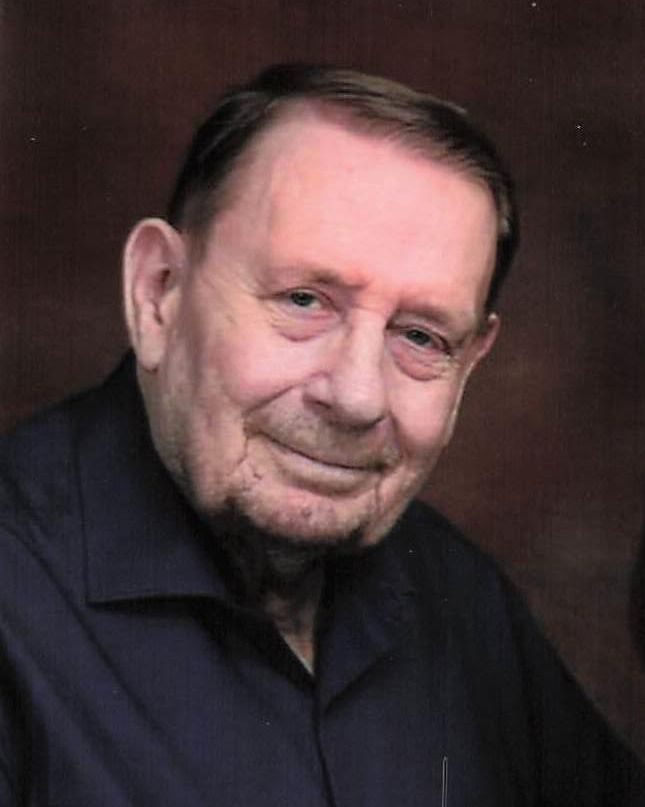Time to transplant irises: They do best when transplanted August to October

COLUMBIA, Mo. — Now is the time to transplant one of America’s most popular flowers, the iris.
Although irises can be transplanted at any time, they do best when established in the landscape from August to mid-October, said University of Missouri Extension horticulturist David Trinklein.
Irises are relatively easy to grow. They need at least eight hours a day of direct sun and a well-drained garden loam. Divide clumps when blooming declines. Under normal conditions, divide every three to four years, said Trinklein. Reduce the size of the clump by removing several small divisions, leaving part of the clump in the ground, or by digging the entire clump, improving the soil and replanting a few large rhizomes.
According to Greek mythology, when the gods wanted to communicate with mortals, their messenger was a golden-winged goddess named Iris who traveled on a rainbow. Legend has it that colorful flowers sprung up at the end of the rainbow wherever Iris stepped.
Just as the Greek gods gifted iris to the mortals, friends and neighbors gift iris today. Because of their hardiness and beauty, irises are among the most shared plants of gardeners. Relatively few irises are sold in commerce, Trinklein said, since most gardeners get them free from their friends and neighbors.
Today, the flower named in honor of Iris comes in every color of the rainbow and adorns yards and gardens everywhere with its showy flowers. Iris is very durable while maintaining its intricate and delicate beauty, Trinklein said.
In ancient Egypt, the iris’ three petals symbolized faith, wisdom and valor. Its petals are known today as “standards” and stand upright. In contrast, its three sepals, known as “falls,” droop downward. The shape of the iris inspired the fleur-de-lis emblem. In the Christian world, the fleur-de-lis became associated with the Virgin Mary and purity. The fleur-de-lis was extensively used in medieval heraldry, and it remains common in architecture today. It is also the emblem of many Boy Scout organizations around the world.
The most popular garden iris today is the German or bearded iris, named for its thick, bushy “beards,” which appear on the falls of the flower and attract pollinators. “By careful selection of iris cultivars and species, a gardener can enjoy a remarkable range of colors and a bloom season that extends for weeks,” said Trinklein. Some bearded irises bloom again in the summer or fall and are classified as “rebloomers.”
Irises are propagated through division of their fleshy rhizomes. A propagule must have at least one growing point (fan) attached to survive. Expose the top of the rhizome—at least the top third of it—to the sun when planting. Shallow planting is best. Space 12-24 inches apart. Plant closer for more color impact, but these need to be divided in two to three years.
Rhizomes need to be watered immediately after planting. Established irises need less water; avoid overwatering them. Deep, occasional watering is preferable to frequent watering.
Irises are heavy feeders and need proper fertilization. Soil type and inherent fertility determine needs. Use a 6-10-10 fertilizer when needed. Avoid fertilizers high in nitrogen because they encourage soft, vegetative growth susceptible to diseases. A light application of fertilizer in early spring when new growth emerges and again a month after blooming is best, Trinklein said. Avoid applying fertilizer directly to exposed rhizomes.
Irises are susceptible to several insect pests. The most troublesome is the iris borer, a moth whose larvae feed on the fleshy rhizome. This allows bacterial soft rot to enter and kill the rhizome. Inspect iris often and discard infected plants. Other common pests include bud moth, iris weevil, thrips, slugs and snails.
Common diseases include bacterial leaf blight, bacterial soft rot and fungal crown rot. Keep the garden free of debris and encourage good air circulation to avoid diseases.
Miss Clipping Out Stories to Save for Later?
Click the Purchase Story button below to order a print of this story. We will print it for you on matte photo paper to keep forever.

